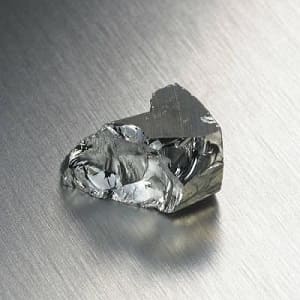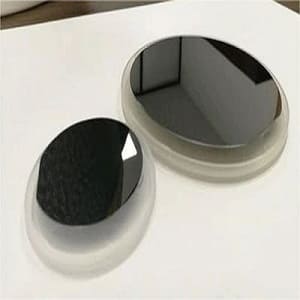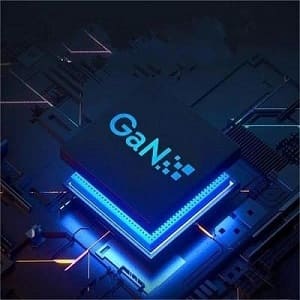After decades of tremendous development and change, semiconductors play an indispensable role in modern society, promoting scientific and technological progress and improving people's quality of life plays an important role.
As semiconductor technology advances, the development of semiconductor materials also progresses.
The First-Generation of Semiconductor Materials (Elemental Semiconductors):

The first generation of semiconductor raw materials refers to the earliest semiconductor materials and devices and mainly refers to the use of silicon, germanium, and phosphorus arsenide as semiconductor material devices. The most representative ones are transistors, rectifiers, and electronic devices.
Silicon is one of the abundant elements in the earth's crust, and the manufacturing process of silicon semiconductors has been very mature and has a long life, so the production cost of silicon semiconductors is relatively low and the supply is relatively stable. Germanium was also used in early semiconductor devices, but due to the advantages of silicon, the use of germanium has gradually declined.
The Second-Generation of Semiconductor Materials (Compound Semiconductors):

Second-generation semiconductors mainly use raw materials such as gallium arsenide, indium phosphide, and copper indium gallium sulfide, which are mostly used in power station communication equipment and optoelectronic components, and are crucial in areas such as high-frequency electronics, optoelectronic devices, and solar cells.
The Third-Generation of Semiconductor Materials (Compound Semiconductors):

The third generation semiconductors are mainly silicon carbide, gallium nitride and gallium phosphide lamps and other raw materials, compared to the first and second generation of raw materials, with better performance, improved operating frequency, energy conversion efficiency, and utilization, to promote the performance of electronic equipment, but also reduce energy consumption and environmental pollution.
These materials have higher electron mobility, higher saturation drift speed, and lower noise characteristics, which enable devices to achieve higher operating frequencies and faster response times. This is important for high-frequency and high-speed applications.
Although semiconductor materials are often labeled as first, second, and third generations, they are not mutually exclusive. They possess distinct characteristics and find applications in different scenarios. The generation labels merely serve as industry distinctions based on material categorization, and it is common for multiple generations to be utilized together in certain applications.

Heeger Materials is a reputable supplier offering top-notch Semiconductor Materials at competitive prices. If you're interested, feel free to reach out to us at [email protected] for a quote, and we guarantee a response within 24 hours.


